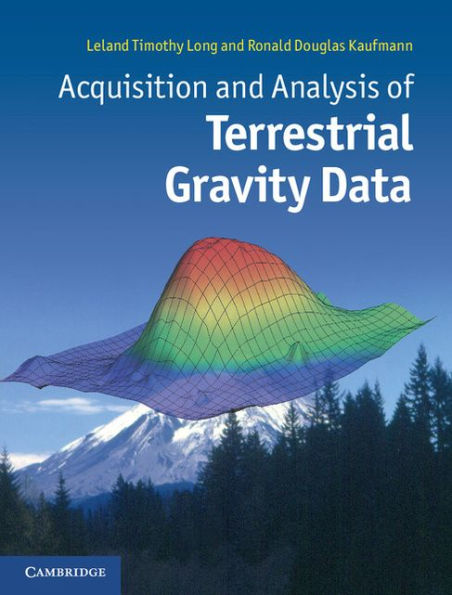Gravity surveys have a huge range of applications, indicating density variations in the subsurface and identifying man-made structures, local changes of rock type or even deep-seated structures at the crust/mantle boundary. This important one-stop book combines an introductory manual of practical procedures with a full explanation of analysis techniques, enabling students, geophysicists, geologists and engineers to understand the methodology, applications and limitations of a gravity survey. Filled with examples from a wide variety of acquisition problems, the book instructs students in avoiding common mistakes and misconceptions. It explores the increasing near-surface geophysical applications being opened up by improvements in instrumentation and provides more advance-level material as a useful introduction to potential theory. This is a key text for graduate students of geophysics and for professionals using gravity surveys, from civil engineers and archaeologists to oil and mineral prospectors and geophysicists seeking to learn more about the Earth's deep interior.
1112410030
Acquisition and Analysis of Terrestrial Gravity Data
Gravity surveys have a huge range of applications, indicating density variations in the subsurface and identifying man-made structures, local changes of rock type or even deep-seated structures at the crust/mantle boundary. This important one-stop book combines an introductory manual of practical procedures with a full explanation of analysis techniques, enabling students, geophysicists, geologists and engineers to understand the methodology, applications and limitations of a gravity survey. Filled with examples from a wide variety of acquisition problems, the book instructs students in avoiding common mistakes and misconceptions. It explores the increasing near-surface geophysical applications being opened up by improvements in instrumentation and provides more advance-level material as a useful introduction to potential theory. This is a key text for graduate students of geophysics and for professionals using gravity surveys, from civil engineers and archaeologists to oil and mineral prospectors and geophysicists seeking to learn more about the Earth's deep interior.
54.99
In Stock
5
1

Acquisition and Analysis of Terrestrial Gravity Data

Acquisition and Analysis of Terrestrial Gravity Data
eBook
$54.99
$72.99
Save 25%
Current price is $54.99, Original price is $72.99. You Save 25%.
Related collections and offers
54.99
In Stock

Product Details
| ISBN-13: | 9781139610698 |
|---|---|
| Publisher: | Cambridge University Press |
| Publication date: | 01/17/2013 |
| Sold by: | Barnes & Noble |
| Format: | eBook |
| File size: | 14 MB |
| Note: | This product may take a few minutes to download. |
About the Author
From the B&N Reads Blog
